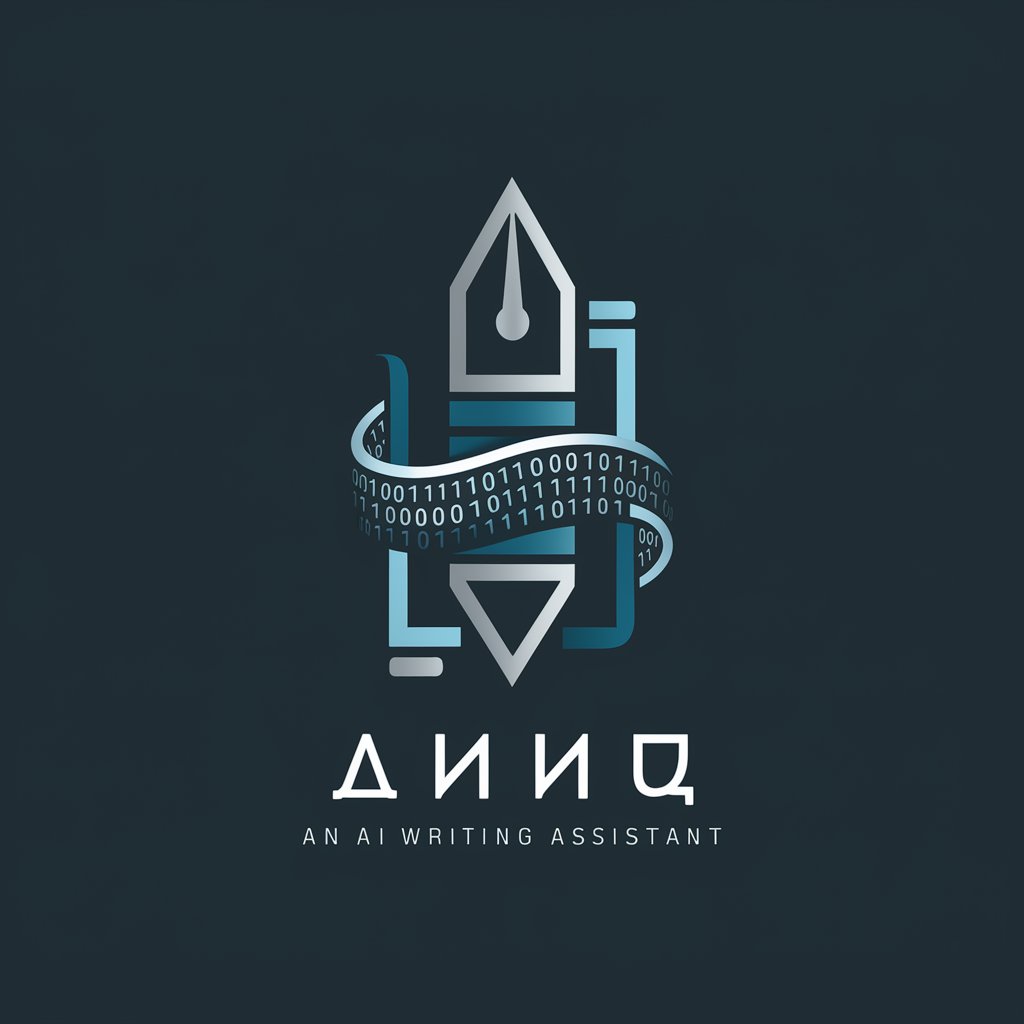
AI 小说生成器-AI tool to generate stories.
AI-powered storytelling for endless creativity.

模仿多位著名小说家风格创作小说的AI
请用席绢的风格写一段故事。
我想要一个类似张小娴风格的故事。
用三毛的写作风格创作一个旅行故事。
我不确定这个作者的风格,请告诉我。
Get Embed Code
AI 小说生成器 — Purpose and Core Design
AI 小说生成器 is an author-assistive generative system designed to help users create, iterate, and polish narrative fiction and related longform creative text. Its core purpose is to accelerate creative workflows by: (1) generating narrative content from user prompts (plot seeds, characters, themes), (2) adapting voice and stylistic features to produce consistent tonal output, and (3) providing structured iterative tools (outlines, scene-by-scene expansion, revisions and line edits) that let human creators keep control of story direction. Architecturally it combines a few basic design elements: a prompt-to-text generative engine (the language model), controllable style adapters (style tokens, examples, or lightweight fine-tuning / preference layers), structural planners (outline and scene planners that enforce story arcs and continuity), and editorial modules (consistency checkers, language polishing, and metadata/format converters for publishing). The system is designed for human-in-the-loop workflows: users supply constraints (length, POV, theme), review generated drafts, and request targeted revisions. Examples / scenarios that illustrate these aspects: 1) Rapid drafting: a novelist has a weekend to produce aAI 小说生成器介绍 short first-draft novella outline. They provide a 3-sentence premise and preferred voice; AI 小说生成器 returns a 12-chapter outline, a 3,000-word opening chapter in the chosen voice, plus a list of unresolved plot beats. The writer edits the opening and asks the tool to expand a requested beat into a full scene. 2) Voice adaptation: a romance author wants a short story that evokes a classic lyrical tone while remaining contemporary. They supply 2–3 paragraphs of reference text plus style preferences (e.g., "warm intimacy, interior emotions emphasized"). The system produces a story whose sentence rhythm, figurative language density, and POV handling match those high-level style signals while avoiding direct copying. 3) Production pipeline: a small publisher receives a manuscript and needs consistent line editing, chapter summaries for marketing, and EPUB conversion. The system performs multi-pass edits (consistency checks for names/dates, line-level grammar and flow refinements), generates back-cover blurb variants, and outputs a ready-for-distribution EPUB with metadata. Design priorities emphasize flexibility (supporting many genres and user workflows), safety (filtering or flagging disallowed content and providing transparent guidance), and controllability (tools to constrain creativity to outlines, length, or tone).
Primary Functions and How They Are Applied
Style-adaptive story and voice generation
Example
User supplies: a 2-sentence premise and three short example paragraphs that define a voice (e.g., lyrical, crisp, comedic). The tool generates a 5,000-word short story that mirrors pacing, sentence rhythm, and narrative focus consistent with the examples while avoiding verbatim copying.
Scenario
A freelance fiction writer needs a submission-ready short story in two days for a themed contest. They provide the theme, a target word count, and two paragraphs showing the voice they want. The system produces a draft aligned with the requested voice; the writer uses the draft as a scaffold, revises dialog and character beats, then submits after polishing.
Structural planning, iterative co-writing, and scene expansion
Example
From a high-level 1-paragraph premise, the module returns a 10-chapter outline with key turning points, scene-by-scene synopses, and suggested emotional arcs for main characters. The user selects Chapter 4 and asks the tool to expand its second scene into a 1,200-word draft focused on conflict escalation.
Scenario
A novelist has a tug-of-war between multiple possible endings. They use the planning tool to create three alternate outlines representing different stakes (tragic, ambiguous, triumphant). For each outline, the tool expands pivotal scenes so the author can compare how character choices change the narrative outcomes, enabling faster decision-making and experimentation without writing full drafts manually.
Editing, consistency checking, localization and publishing preparation
Example
After the user uploads a 60k manuscript, the tool runs: (a) character/name/setting consistency checks, (b) timeline coherence analysis, (c) line-level copyediting suggestions (grammar, clarity), (d) optional language localization (simplify idioms for another market), and (e) export to Word/EPUB/Markdown with chapter metadata and blurb variants.
Scenario
A self-published fantasy author finishes a manuscript but needs a clean version for distribution on multiple platforms. The AI 修正器 returns a list of flagged inconsistencies (two different surnames used for the same NPC on pages 72 vs 121), suggests tightened phrasing for slow passages, localizes some culturally specific jokes for a U.K. market, creates three back-cover blurbs at different tone levels (literary, commercial, YA-friendly), and produces an EPUB file with internal metadata and chapter headings ready for upload.
Who Benefits Most from AI 小说生成器
Professional and aspiring fiction writers (novelists, short-story writers, screenwriters)
Why: These users need fast iteration, voice control, and structural support. The tool speeds up the ideation-to-draft cycle (outlines → scenes → revision passes), helps overcome writer’s block (by suggesting scene openings or conflict escalations), and offers alternative phrasings to maintain tonal consistency across chapters. Use cases include drafting first-pass scenes, generating character backstories, comparing alternate plot arcs, and producing query/adaptation materials (synopses, pitch letters). Benefits: saves time, inspires new directions, and provides a structured way to test narrative choices while keeping final creative control with the author.
Creative teams, publishers, educators and content creators
Why: Teams and organizations need scalable content production, consistent editorial standards, and formats suitable for publishing or teaching. Publishers use the tool for line-edit triage, metadata generation, and quick localization checks; small studios generate short narrative content for transmedia projects; educators use it to produce writing prompts, annotated examples, and graded feedback templates for students. Benefits: increases throughput (multiple story variants or sample chapters), enforces editorial consistency across projects, and shortens time-to-market for serialized fiction or adapted content. For educators, the system provides targeted exercises (e.g., "rewrite this paragraph from third person to first person") and automated rubric-style feedback to accelerate student learning.
How to Use AI 小说生成器
1. Visit aichatonline.org for a free trial without login, no need for ChatGPT Plus.
Start by navigating to the website. There's no need to sign up or pay for access to the trial version of the tool. Simply visit and begin generating your novel content right away.
2. Choose your preferred genre or theme.
After accessing the platform, select the genre or theme that best suits your writing needs (e.g., fantasy, romance, sci-fi). This allows the AI to tailor its responses to the chosen style.
3. Input basic details or a prompt.
Provide a basic idea, character names, or storyline prompt. This step serves as a foundation for the AI to generate more specific text. The more detailed your input, the better the AI’s output will be.
4. Generate and refine your story.
Click on the 'Generate' button to let the AI produce your story. If necessary, you can refine the output by adjusting prompts or using the tool’s editing options for more specific results.
5. Review and export your content.
Once satisfied with the generated content, you can review, edit, and exportJSON code correction it in your desired format. AI 小说生成器 typically supports exporting in plain text or document formats like Word.
Try other advanced and practical GPTs
Revisão de texto - Rápida revisão
AI-powered proofreading that sharpens your writing
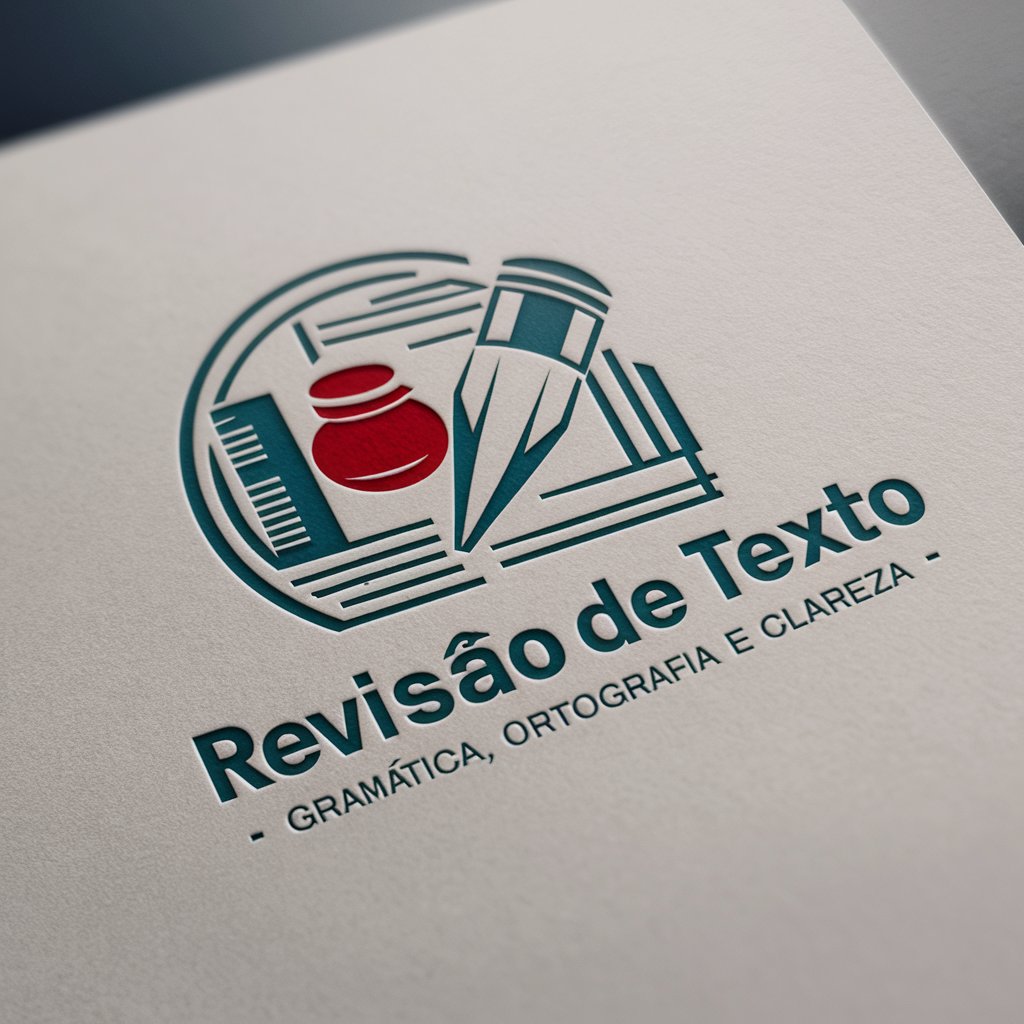
Tender Writer Assistant
AI-powered tender drafting for winning bids

German Teacher
AI-powered German learning, tailored to you.

PDF 요약 전문가
AI-powered PDF summarization in seconds.
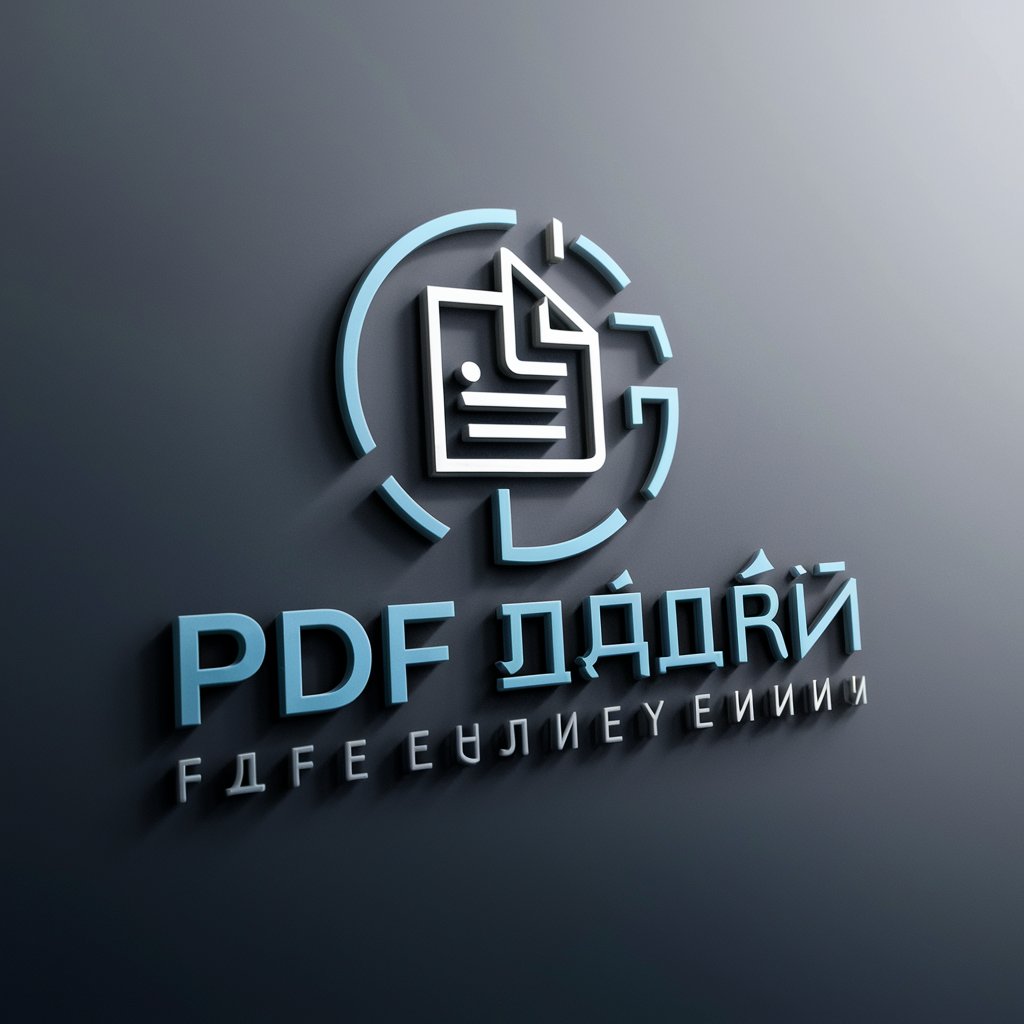
中英文翻译
AI-powered translation for seamless communication.
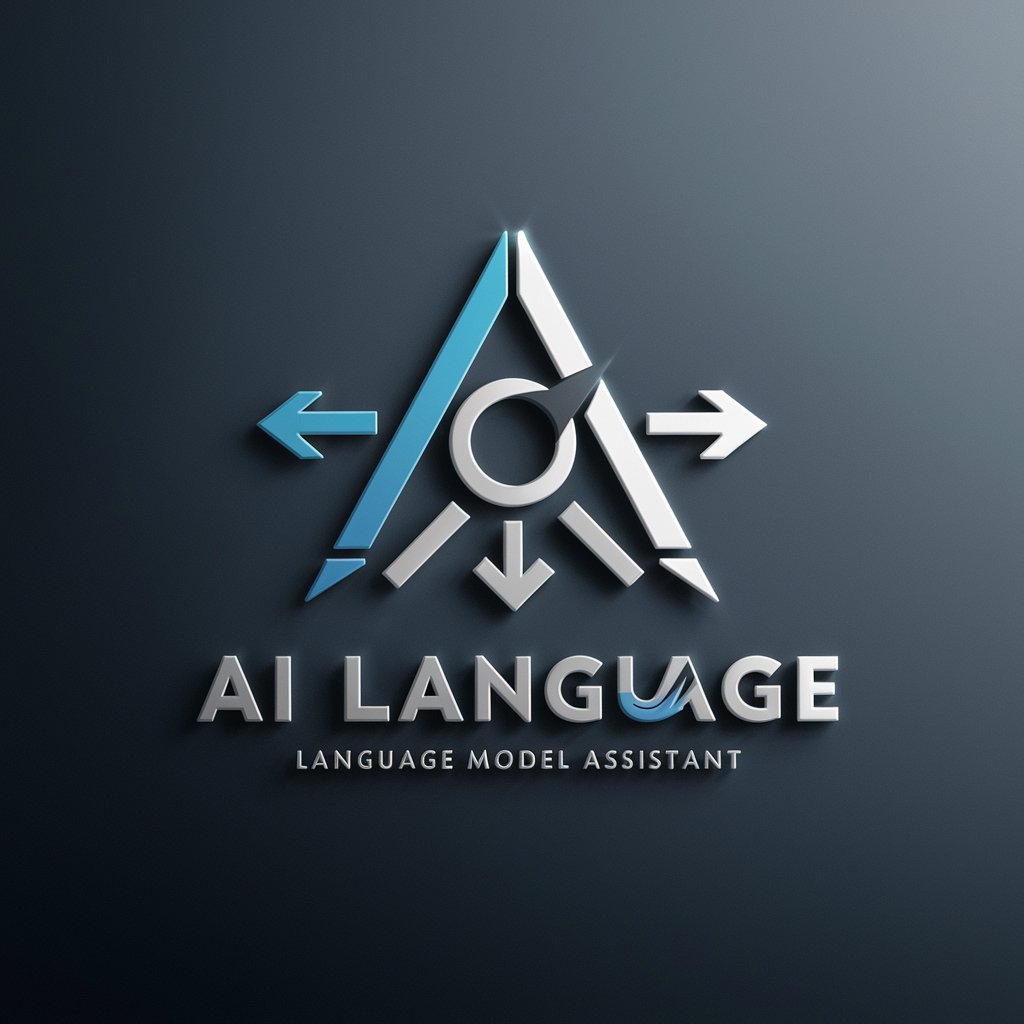
✒️만능 프로 작가
AI-driven writing for every need.

高情商聊天大师
Empathy-driven AI for meaningful conversations

Competitor SEO Analyzer
AI-powered competitor SEO audits for smarter ranking decisions

Hỗ Trợ Vẽ Truyện Tranh
AI-powered comic creation made easy.

4컷 만화 그려줘
Create 4-panel comics with AI
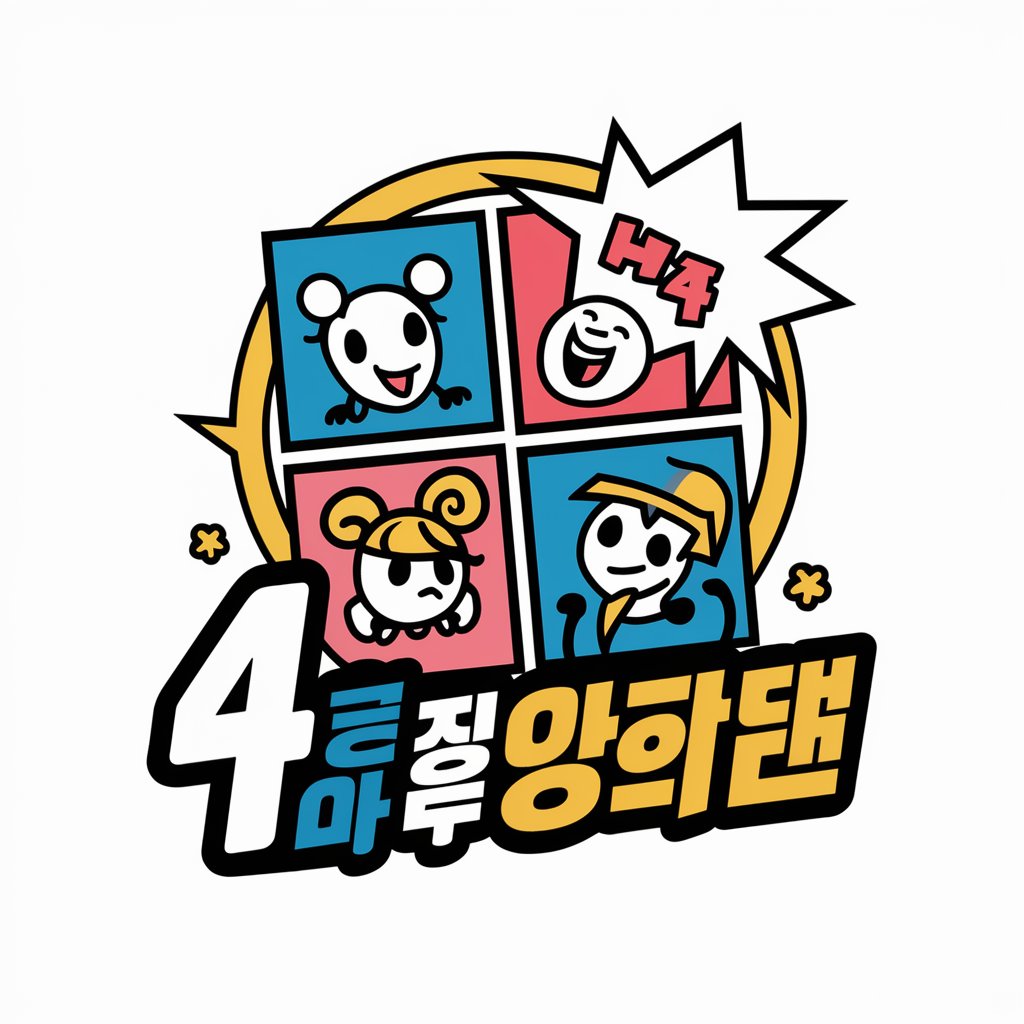
佛
AI-powered Dharma guidance for practice

Tax & Taxes Specialist
AI-powered tax advice at your fingertips

- Fiction Writing
- Story Creation
- Content Ideation
- Creative Assistance
- Plot Generation
Frequently Asked Questions about AI 小说生成器
How accurate is the content generated by AI 小说生成器?
The accuracy depends on the quality and detail of your input. The more specific and clear the prompt, the better the generated content will align with your expectations. The AI works well for general ideas but may need refining for complex narratives.
Can I use AI 小说生成器 for different genres?
Yes, the tool supports a variety of genres, including fantasy, romance, science fiction, historical fiction, and more. You can choose from predefined categories or input your own ideas for a completely customized result.
Do I need a subscription to use AI 小说生成器?
No, you can access a free trial without the need for a subscription or login. While there are premium features available for advanced users, the free version provides ample functionality to generate and edit content.
Can I refine the story generated by AI?
Absolutely! The AI offers options to fine-tune your story after generation. You can adjust character details, plot points, and even the writing style to better match your preferences.
Is AI 小说生成器 suitable for professional writers?
Yes, AI 小说生成器 can be an excellent tool for professional writers. It’s useful for brainstorming, overcoming writer's block, and generating initial drafts or plot ideas. However, fine-tuning and editing may still be required to ensure high-quality output.

